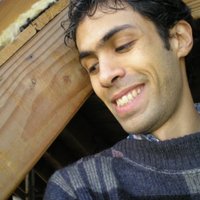
Nicolás F Seoane
Summary
Nicolás obtained his degree in Biology from the National University of Comahue (Argentina) in 2009, with a thesis integrating ethnobiology and phytochemistry through the study of traditional knowledge among sheep breeders in rural Patagonia. He subsequently completed a PhD in 2016 investigating habitat use and activity patterns of semi-feral cattle in Andean-Patagonian forests. His current research focuses on the distribution of introduced herbivores—primarily ungulates—in natural areas of Argentina, using methods such as distance sampling, GPS collaring, and camera trapping.
More recently, his work has expanded to include studies in agroecology, with a particular emphasis on sustainable land use practices and socio-ecological dynamics in the Patagonian region.
Agricultural Science Animal Behavior Conservation Biology Ecology Mathematical Biology Natural Resource Management Zoology
